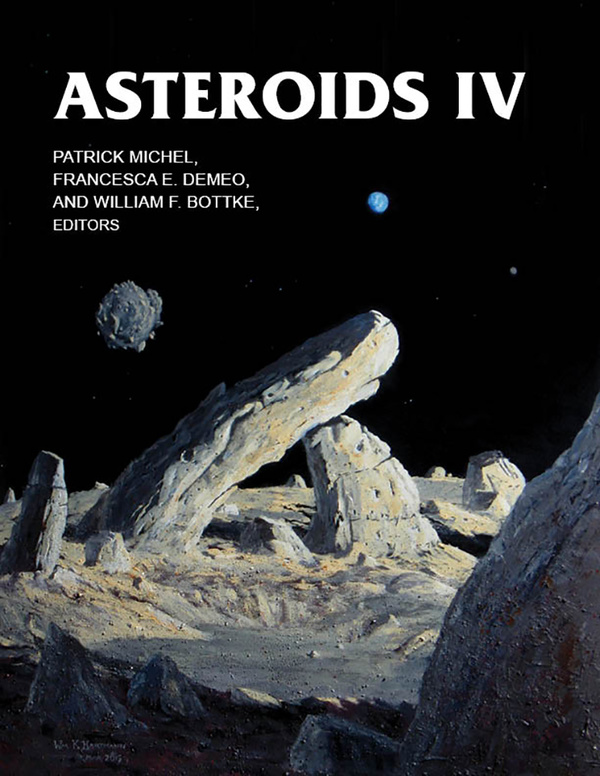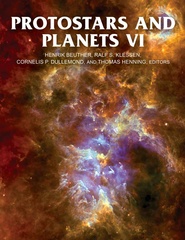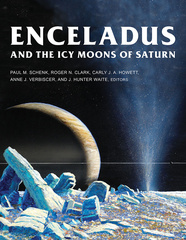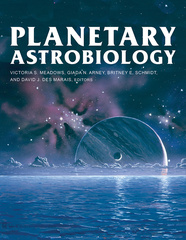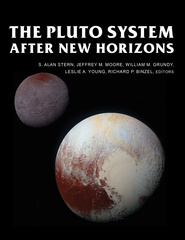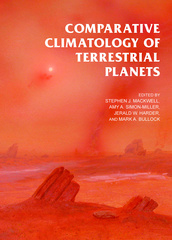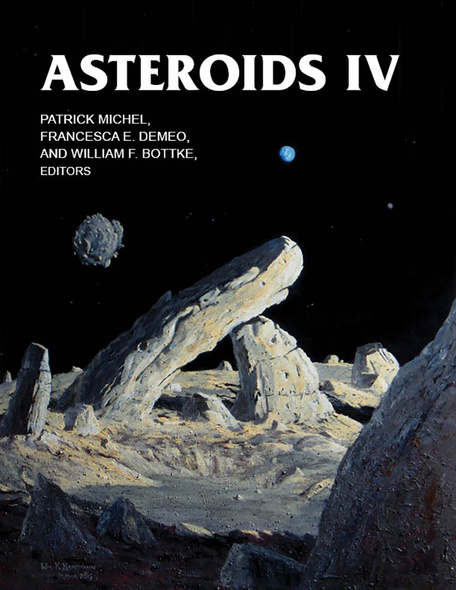
895 pages, 8 1/2 x 11
32-page color insert
Hardcover
Release Date:31 Dec 2015
ISBN:9780816532131
Asteroids IV
The University of Arizona Press
Over the past decade, asteroids have come to the forefront of planetary science. Scientists across broad disciplines are increasingly recognizing that understanding asteroids is essential to discerning the basic processes of planetary formation, including how their current distribution bespeaks our solar system’s cataclysmic past. For explorers, the nearest asteroids beckon as the most accessible milestones in interplanetary space, offering spaceflight destinations easier to reach than the lunar surface. For futurists, the prospects of asteroids as commercial resources tantalize as a twenty-first-century gold rush, albeit with far greater challenges than faced by nineteenth-century pioneers. For humanity, it is the realization that asteroids matter. It is not a question of if—but when—the next major impact will occur. While the disaster probabilities are thankfully small, fully cataloging and characterizing the potentially hazardous asteroid population remains unfinished business.
Asteroids IV sets the latest scientific foundation upon which all these topics and more will be built upon for the future. Nearly 150 international authorities through more than 40 chapters convey the definitive state of the field by detailing our current astronomical, compositional, geological, and geophysical knowledge of asteroids, as well as their unique physical processes and interrelationships with comets and meteorites. Most importantly, this volume outlines the outstanding questions that will focus and drive researchers and students of all ages toward new advances in the coming decade and beyond.
Asteroids IV sets the latest scientific foundation upon which all these topics and more will be built upon for the future. Nearly 150 international authorities through more than 40 chapters convey the definitive state of the field by detailing our current astronomical, compositional, geological, and geophysical knowledge of asteroids, as well as their unique physical processes and interrelationships with comets and meteorites. Most importantly, this volume outlines the outstanding questions that will focus and drive researchers and students of all ages toward new advances in the coming decade and beyond.
This book is the ‘bible' of asteroid studies, unwaveringly the definitive source of all things asteroid.’—David J. Eicher, editor of Astronomy
Well edited, assembled, and organized, this is an essential text for what will prove to be one of the most exciting frontiers of this millennium.’—The US Review of Books
There is no better current resource for those interested in how these important objects help scientists understand the origin and evolution of the solar system.’—Choice Connect
'This is a superb book. The world experts in the subject have been rounded up and have produced a detailed, well-referenced, and thorough overview of our current knowledge of the asteroid population.’—The Observatory Magazine
Patrick Michel is a senior researcher at CNRS (French National Center for Scientific Research), where he leads the Lagrange Laboratory planetary science team at the Côte d’Azur Observatory (Nice, France). He is the author of more than ninety publications in international peer-reviewed journals.
Francesca E. DeMeo is a planetary scientist in the Department of Earth, Atmospheric, and Planetary Sciences at the Massachusetts Institute of Technology in Cambridge, Massachusetts. She is the author of more than forty refereed publications in international journals.
William F. Bottke is the director of the Department for Space Studies at the Southwest Research Institute (SwRI) in Boulder, Colorado. He also is currently the director of the Institute for the Science of Exploration Targets (ISET) of NASA’s SSERVI program, and is in charge of the Dynamical Evolution Working Group for NASA’s OSIRIS-REx asteroid sample return mission. He is the author of more than 150 refereed articles.
Francesca E. DeMeo is a planetary scientist in the Department of Earth, Atmospheric, and Planetary Sciences at the Massachusetts Institute of Technology in Cambridge, Massachusetts. She is the author of more than forty refereed publications in international journals.
William F. Bottke is the director of the Department for Space Studies at the Southwest Research Institute (SwRI) in Boulder, Colorado. He also is currently the director of the Institute for the Science of Exploration Targets (ISET) of NASA’s SSERVI program, and is in charge of the Dynamical Evolution Working Group for NASA’s OSIRIS-REx asteroid sample return mission. He is the author of more than 150 refereed articles.
Scientific Organizing Committee and Acknowledgment of Reviewers
Foreword
Preface
PART 1: INTRODUCTION
PART 2: PHYSICAL AND COMPOSITIONAL PROPERTIES
PART 3: SPACE MISSIONS
PART 4: EVOLUTIONARY PROCESSES
PART 5: GROUNDBASED SURVEYS, HAZARDS, AND FUTURE EXPLORATION
Index

